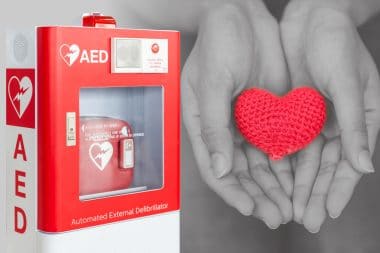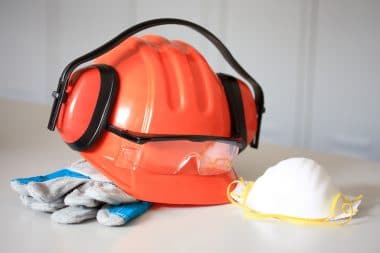Within the field of surgery, there are no extraneous tools, measures, or processes. Every procedure adopted within the operating room is centred upon the issue of keeping patients safe, and the extra steps taken to ensure that sterility is maintained – and that precision, visibility, and speed are always supported – were first borne out of a growing understanding around the dangers of operating, and the vulnerabilities inherent to any patient being operated upon.
In the very early days of surgery, these steps were not taken, and it took many decades for medical professionals to get to grips with the risks of their practice. Now, caution is exercised in all areas – both with regard to sterilisation, and the tools and techniques utilised on the patient.
Sterilisation
In terms of sterilisation, the safest choice is to utilise single-use protective equipment, produced within a sterile environment and disposed of immediately after use. This, of course, leads to a great deal of unrecyclable waste – but what is the alternative?
Sustainability is one of the most pressing topics the world has ever faced, but it cannot come at the expense of patient safety. In the US alone, it is estimated that around 80% of surgical drapes and gowns are single-use, but reusable textiles and advanced sterilisation methods are being pursued across the globe to ensure that the amount of wastage leaving operating rooms can, and will, be minimised wherever possible.
Of course, this is only half the battle. Some tools and equipment that have been optimised to ensure the best outcome for the patient must be single-use, or they risk leaving the next patient at a significant disadvantage.
Single Use Vs. Multi-Use
In terms of the tools utilised by surgeons around the world, some non-reusable materials cannot be replaced by reusable counterparts. For instance, one of the most widely reused materials remains stainless steel (due to its ability to be thoroughly sterilised). And while stainless steel is, of course, utilised in a number of surgical tools, it lacks the elasticity needed for instruments – such as the self-retaining retractor, which keeps surgical incisions open for optimal visibility.
When the practice in question demands the utmost precision, and for the surgeon’s ability to access the target area to be unhindered in any way, there is little room for manoeuvre. Sustainability can be found within certain aspects of the surgical field, but they must work in tandem with those tools and practices that promise the best possible outcome for the patient.
It is for this reason that sustainability within surgery remains a difficult subject. The medical field is under pressure from many different factors, from patient safety to costs, efficiency, and waste reduction. Only those solutions that manage to serve all sides will prove to be tenable in the long-term, and the standards applied to the medical field in general must differ from those we apply to other industries, and other areas of life. Progress is guaranteed, but it will not be possible in every area of the operating room.








Reply